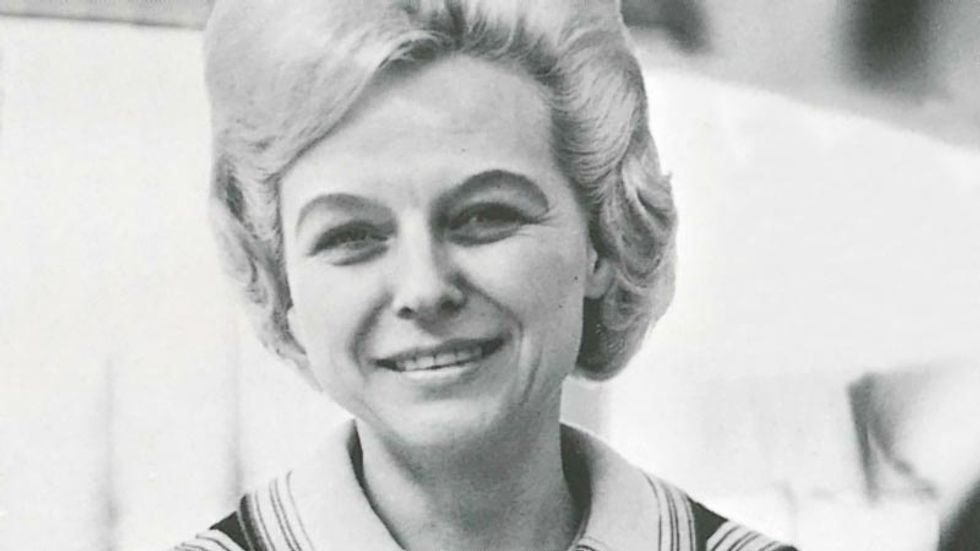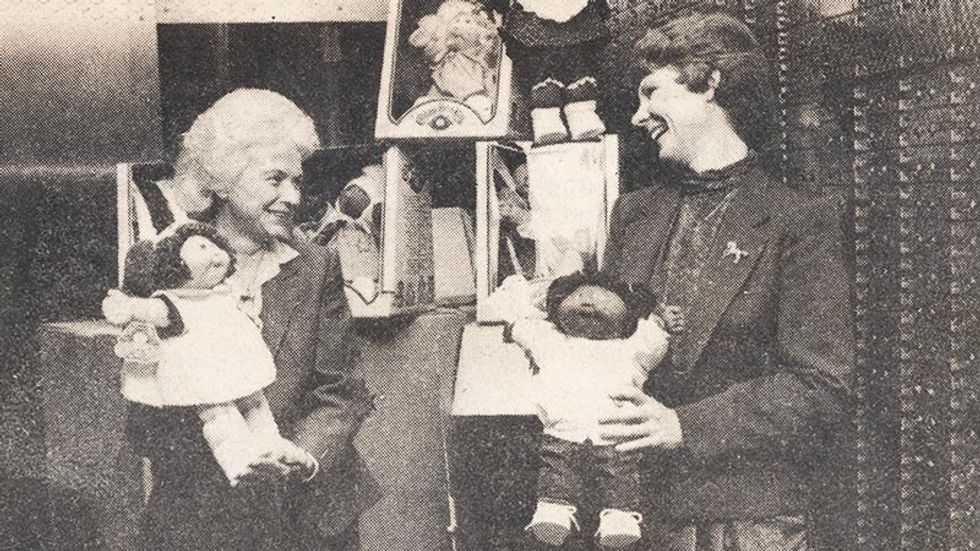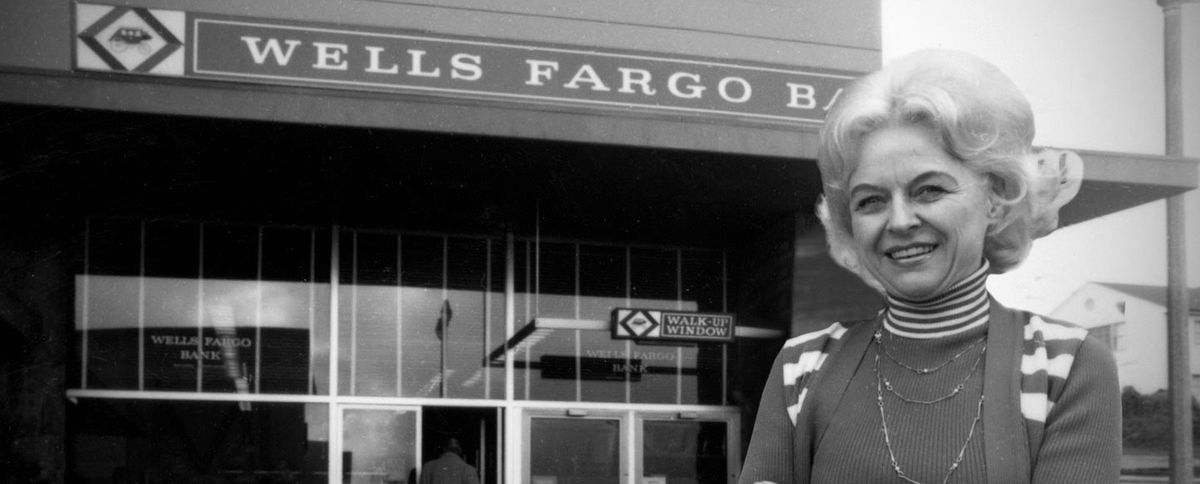Below is an article originally written by Alyssa Bentz, Wells Fargo Historian, and published on March 2, 2018. Go to the Wells Fargo Page on PowerToFly to see their open positions and learn more.
From the 1870s to the 1910s, Wells Fargo hired more than 350 women to manage its express offices in towns across the U.S., from California to New York. As the company began opening its bank branches in the early 20th century, though, only men were appointed managers. That all changed in 1967, when Shirley Nelson made history by becoming the bank's first female branch manager. Nelson earned her promotion through years of hard work. By 1967, she had worked in the banking industry for 17 years. She started out in entry-level positions, including as a customer attendant in the Safe Deposit department. Over time, she pursued new opportunities, gaining experience as a loan officer, operations supervisor, and assistant cashier. She lobbied her manager to give her more responsibilities and eventually worked her way up to assistant manager of a busy branch in Stonestown, a suburb of San Francisco, in 1964.
Wells Fargo rapidly expanded its branch network in the 1960s, growing from just one California branch in 1919 to more than 230 branches in the state by 1967. When the bank had plans to open a new branch in Pacifica, California, Nelson's manager thought of Nelson's energy and ambition and recommended her for the post.

'Now I don't see any stops'
Nelson's appointment was the first of a large shift at Wells Fargo. Women continued to gain new positions that had previously been off-limits to them.
In 1975, the Wells Fargo Banker publication featured Nelson and other women working at Wells Fargo, highlighting how the bank had rapidly changed over a few years, and how qualified women were filling more and more jobs previously dominated by men. At the time, women held 36 percent of the management positions in the company.
Janet Wright, vice president for personnel and data processing, was one of the women featured in the article. "I joined the Bank in 1937 as a bookkeeper in the Trust Division," Wright said. "At that time, women only held bookkeeping and secretarial positions. During the war (World War II) I became a dividend clerk, a senior clerical post which previously had been held only by men. … It was very exciting when that first woman was named trust officer. We just accepted the notion that women were not officers and had only certain jobs. We never really felt discriminated against. Looking back, it seems it took a long time to reach that level. Now, qualified women can go into any line of work. … It's a different world."
The article also featured Nancy King, a training officer who talked about an interview she had in the past for a different position. "I was turned down because the manager ― a man ― didn't think I could lift coin," King said in the article. "Now it's hard to find managers who don't want women as their co-workers. Women have shown they can handle the work and perform well. They have proved themselves valuable in the branches."

By this time, Nelson had left Pacifica to lead the Stonestown branch — a branch that did over five times the business — as its new manager. "Opportunities for women definitely changed in recent years," Nelson said in the publication. "More women are officers, and there are more openings for women. Now I don't see any stops."
In later years, Nelson managed one of the bank's busiest branches in downtown San Francisco. When she retired, it was with the knowledge that women at Wells Fargo would continue to grow and gain more opportunity than ever before.




